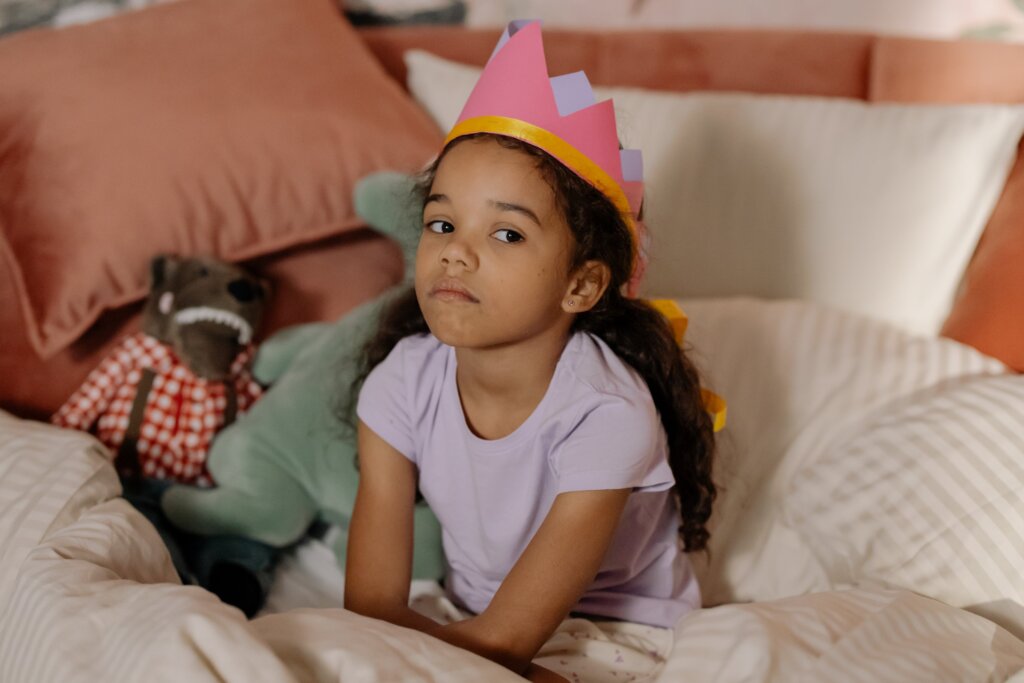
No parent wants to see their child struggle with the lasting effects of trauma. Unfortunately, PTSD isn’t just a disorder that affects adults.
Children can experience significant trauma at a young age. It could come in the form of loss and grief, abuse, violence, or even natural disasters or uncertainty in the world.
Some of the most common symptoms of PTSD in children include avoidance, flashbacks or nightmares, consistent negative feelings, and sleep troubles. Again, it can be incredibly difficult to watch your child deal with PTSD, but there are things you can do to help.
Identify Their Triggers
People with PTSD often have to deal with triggers that bring their symptoms to the forefront. Children are no different. Pay attention to what seems to scare your child. Even if they don’t seem frightened, you should be able to tell when their emotions don’t seem to fit a particular situation. They could be reacting to a traumatic memory.
When you understand your child’s triggers, you can take steps toward protecting them. While you might not always be able to avoid every trigger, you can eliminate them as much as possible. Furthermore, you’ll know how to address their PTSD with a therapist so they can get to the bottom of things quicker.
Establish Routines
Routines are important for all children. But, they can be especially helpful for kids who have PTSD. Routines provide a sense of comfort and consistency. That kind of familiarity can give your child some peace.
When they feel more comfortable, their symptoms can weaken. They might even feel safe opening up and talking about their experiences with you, which can start to effectively trigger the healing process. So, while establishing daily routines might seem simple and commonplace, the most mundane routines can make a big difference in how your child feels.
Be Present
Being available when your child wants to talk or express themselves is one of the best things you can do. They might need different things on different days, and you need to be flexible enough to handle that.
That includes being a listening ear when they’re ready to talk. It also includes providing reassurance when they’re scared, and encouragement when their symptoms are affecting their sense of worth and self-esteem. When your child knows it’s okay to feel their feelings, they’re less likely to experience the guilt and shame that can sometimes come with PTSD.
Control Your Own Emotions
As the parent of a child with PTSD, you’re undoubtedly going through a rollercoaster of emotions, yourself. You might go from angry and frustrated to depressed and overwhelmed at any given moment.
It’s important to control and manage your emotions around your child. Don’t raise your voice or let your frustrations escalate when your child’s symptoms become overwhelming for them. Remain as calm as possible and continue to be there for your child in whatever ways they need. Not only does this let them know emotional regulation is possible, but it can help to calm them down sooner.
Reach Out for Help
PTSD isn’t something any family should have to deal with alone. You are your child’s support system. But, trauma is often complex and requires professional help to work through.
Play Therapy can be the most effective way for your child to understand their trauma, process it, and learn how to heal from it early on. A therapist can get to the root cause of the trauma and teach healthy coping mechanisms. Not only will it help your child now, but it will teach them the importance of taking care of their mental well-being as they get older. Please contact us for additional information.
